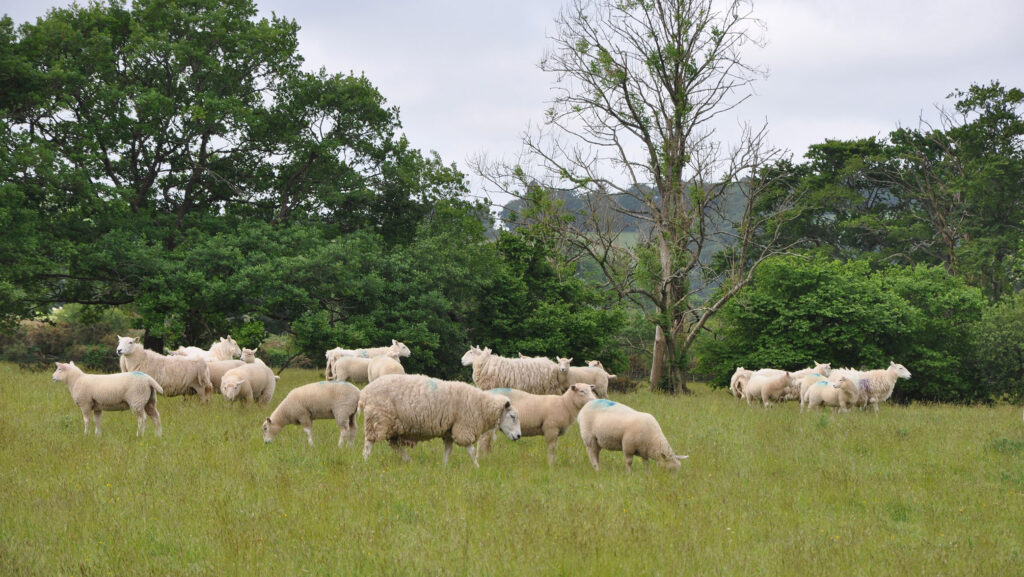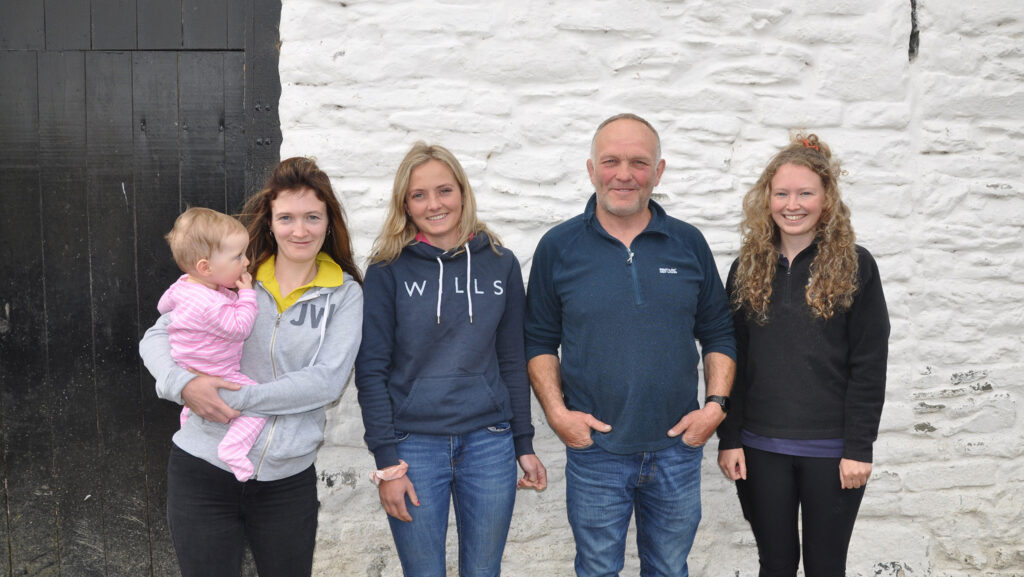Project successfully reduces lameness in Welsh sheep flocks
 © MSD Animal Health
© MSD Animal Health Using a “treat, cull, avoid, quarantine, and vaccinate” approach to prevent lameness in sheep flocks has yielded welcome results on 10 Welsh sheep farms.
The success comes on the back of a three-year sheep health project between Sainsbury’s, Dunbia and MSD Animal Health, which explored the benefit of vaccination against endemic diseases alongside a five-point action plan.
Involving just under 6,000 ewes across hill, upland and lowland systems, the project, which started in 2022, aimed to cut flock lameness towards the 2% Farm Animal Welfare Committee (FAWC) target, while lowering antimicrobial use.
See also: Lameness plan targets 10% national reduction in cases
Implementing the five-point plan to treat, cull, avoid, quarantine, and vaccinate on the holdings has more than halved lameness levels and is said to have created significant cost savings.
Cost effective
Over the project’s duration, average flock lameness fell from 6.3% to 2.7%.
Farmers also continued to monitor their flocks and used a sheep lameness control planner.
All 10 farms improved their lameness control scores by 94%, rising from 12 to 23 out of 25, translating into healthier sheep and financial gains.
Before the project began, lameness was estimated to be costing the 10 farms a collective £84,000 a year in lost productivity and medicine.
By 2025, that had fallen to £30,000 – a £54,000 annual saving.
Vaccination benefits
Vaccination cost just £2.58 per dose, based on three doses of vaccine in the first year for replacement ewes, and one dose thereafter per ewe per year.
Sonja van Dijk from the MSD Animal Health market access team suggested this delivered savings of £11.42 per ewe per year – “more than a fourfold return”.
Flock health challenge

Gerwyn Evans and his family © MSD Animal Health
Gerwyn Evans and his family, who run 950 Welsh and Welsh cross ewes, plus 220 ewe lamb replacements, on a 259-ha hill unit in Tregaron, Ceredigion, always considered lameness their biggest flock health challenge.
Lameness prevalence in the flock dropped from 8.8% in 2022 to just 0.8% by the end of 2024.
“We’re delighted that lameness has fallen to such a manageable level, especially through some of the wettest weather we’ve ever had,” said Mr Evans.
They are now much stricter on culling repeat offenders and quarantine all incoming rams for at least four weeks.
Leisia Tudor, agriculture manager at Dunbia, said the project demonstrates the wider value of tackling lameness proactively.
“The farmers who are part of this project are seeing fewer losses, spending less time on treatments, reducing their antibiotic usage, and improving overall efficiency – all of which contribute to a lower carbon footprint,” she said.
